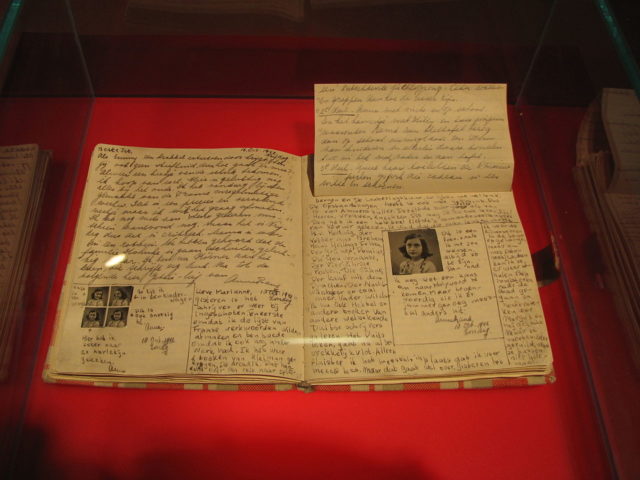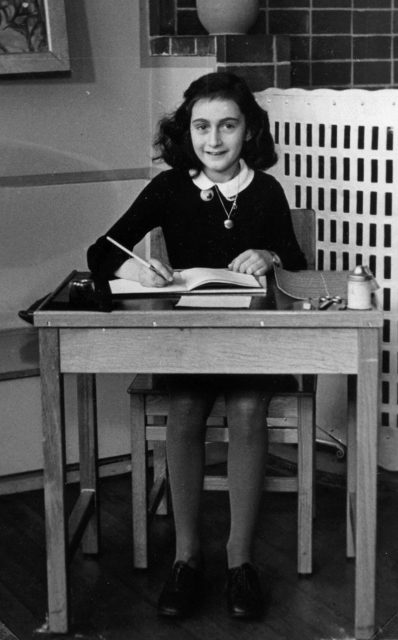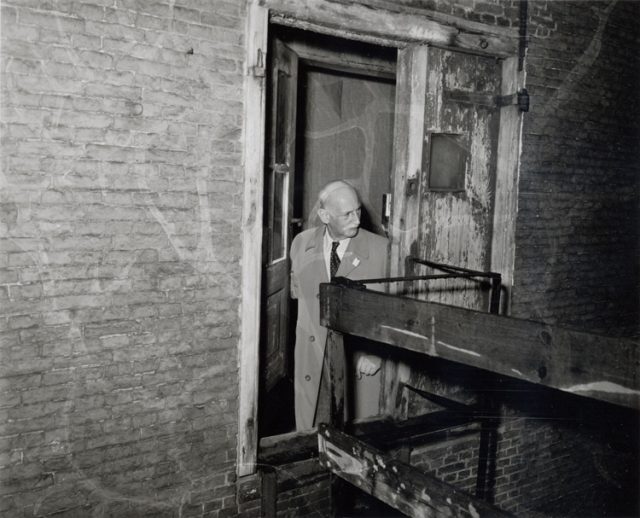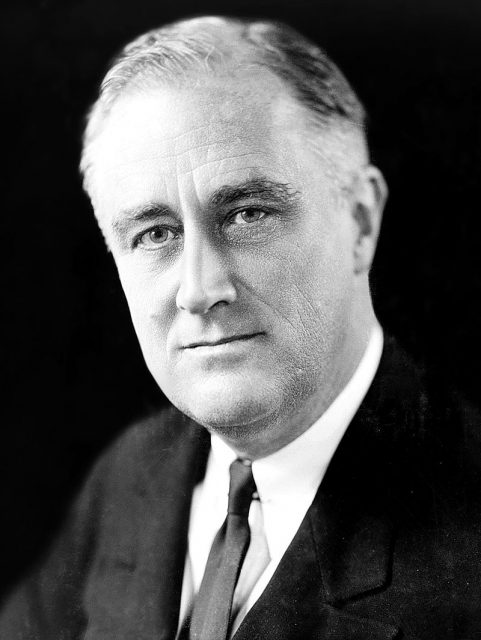Out of all the stories documenting the atrocities and horrors of the Holocaust, Anne Frank’s posthumously published work The Diary of a Young Girl offers a compelling and insightful account of the event while simultaneously tugging away at every reader’s emotional cord.
The political strife and socially prejudiced persecution of Jews forced her family into hiding. Interestingly enough, new research seems to suggest that they did more than just hide — they seem to have tried to enter the United States of America on the basis of asylum.
Research was done jointly by Dr. Rebecca Erbelding from the Anne Frank House located in Amsterdam as well as Dr. Gertjan Broek from the United States Holocaust Memorial Museum.

It was eventually released as a report by the Anne Frank House in early 2018. Particularly instructional and narrative in nature, the research centers around the pain, challenges and sacrifice experienced by Frank’s family in dealing with Germany’s occupation of the Netherlands in the early 1940s.
Specifically, it examines the family’s attempts to flee to the United States, a period in which the country was heavily characterized by what the NY Times called a rampant “anti-refugee sentiment.”

In order to come up with their findings, the pair of researchers went over several documents, all of which were used by Otto Frank, Anne’s father, in an attempt to move his family out of the Netherlands.
These documents included affidavits of support, tax clearances, and personal letters, the latter offering key insight into how the family tried on more than one occasion to get to the United States only for those dreams to never come to fruition.

That said, it’s important to highlight that the report did indicate that the family’s visa requests were never officially rejected; rather, “bureaucracy, war, and time,” were the culprits.
In other words, apart from the difficulties of war, the family was also thwarted by the non-inclusive immigration policies and seemingly immobile bureaucratic processes which plagued the United States during that period.
According to the NY Times, at the time, the process for being granted a US visa involved both an interview at a consulate office as well as the submission of a number of legal documents, among other things.

Researchers were able to unearth a letter written by Otto Frank in 1941 to a friend from the United States by the name of Nathan Straus. In this letter, he detailed part of the struggle he had had with getting a US visa, signalling one thwarted attempt in 1938.
That year, he submitted an immigration application at the United States’ consulate in Rotterdam, the only consulate in the Netherlands which was issuing visas at the time. Sadly, his application along with others were decimated following a 1940 German-authorized bomb attack which blew up the US-American consulate.

Based on the report issued, in the letter, he stated to Straus that “the papers have been destroyed there.” However, he wasn’t deterred nor did his spirits waiver – he was determined to secure his family a way out of their dangerous and life-threatening situation. In the same letter, he wrote “I am forced to look out for emigration and as far as I can see USA is the only country we could go to.”
The report indicates that Otto Frank tried yet again in 1941 to make his way to the United States of America with his family. According to the report, he was hoping that Nathan Straus would have been able to pull some strings in his favor and expedite the process. Straus happened to come from an affluent family which had a few political and financial connections.

However, by this time, the US government had tightened on the visa application process, implementing stricter review procedures and even prohibiting any applicant who had family residing in German-occupied territories from being issued a visa.
These changes came following then-president Franklin Delano Roosevelt’s announcement that spies might have tried to enter the country under the pretence of being Jewish refugees, a feeling which the report described as “national security took precedence over humanitarian concerns.”

Still, Frank submitted the application and hoped for the best. Unfortunately, before he got wind of a response, the Rotterdam consulate was closed in July 1941, after Germany ordered all US-American consulates to cease operating in all Nazi-occupied and collaborationist countries.
Related Video: The Most Popular Music From Auschwitz Played Again
https://youtu.be/b7laqPXm04c
This was in response to Washington’s decision to close all German consulates in the United States, the report states. Consequently, there is no evidence to suggest that Frank’s visa application was ever outrightly denied as the consulate wasn’t able to conduct an interview with them prior to its closure.
Read another story from us: The Woman who Allegedly Told the Nazis Where to Find Anne Frank’s Family
According to Dr. Broek, this research was conducted because they “wanted to learn more about the process in itself and what documentation an applicant had to produce.” He also added that the report highlights “how complex and tedious the process was and how the bombing of the Rotterdam consulate disrupted things.”
